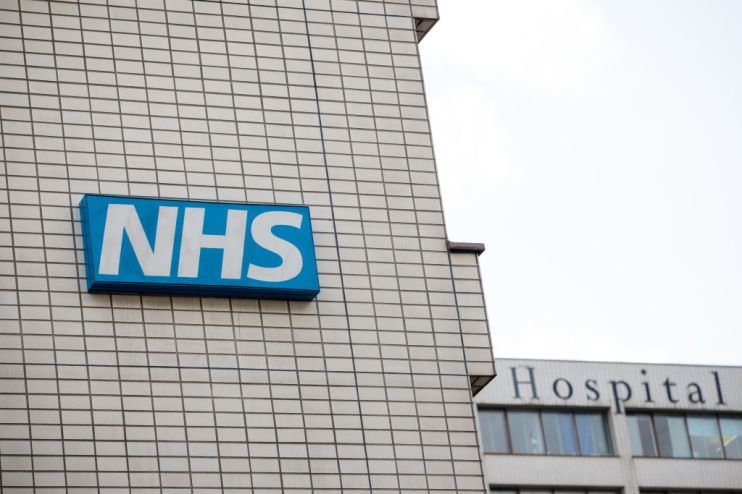One Health Group sees patients soar as NHS buckles with growing waiting lists

Healthcare company One Health Group has reported a record 13 per cent rise in new patient referrals as growing waiting lists continue to put pressure on the creaking National Health Service (NHS).
The Aquis-listed company, which provides free NHS care for patients who need treatment in orthopaedics, spine, general surgery and gynaecology, said referrals for its services surpassed 13,000 in the year ended March 2024.
It expects its financial results for the year will be in line with expectations with revenue of at least £23m, up from £20.5m the previous year and ahead of market forecasts.
Adam Binns, chief executive officer, said: “One Health Group has continued to perform well over the last financial year, ahead of last year, and setting another new record for new NHS patients choosing One Health through Patient Choice.
“In addition, we continued to support five NHS Trusts with their internal patient waiting lists, further reducing the pressure on the NHS. The record number of new surgeons applying to provide their services to us is testament to the benefits that the Group provides to the wider community of NHS patients.”
“We look forward to the future with confidence, as our business model for providing surgical care, free at the point of delivery, becomes more widely adopted to reduce the pressure of waiting lists, supported by the ongoing NHS national media campaign to promote Patient Choice,” the chief executive officer added.
One Health has won two new contracts with its largest commissioners from April 2024, which will last five years. The deals replace the historic annually renewed contracts, which the company said highlights the value of the services provided by One Health to the NHS.
One Health’s services are easing the load on the nation’s embattled health service which is buckling under the weight of challenges, including insufficient funding, a backlog of appointments missed during the Covid-19 pandemic, the need to digitise and staff shortages.
It concentrates its services on locations where patients are especially under-supplied by the local NHS service as well as where population density is high and the level of private medical insurance is low.